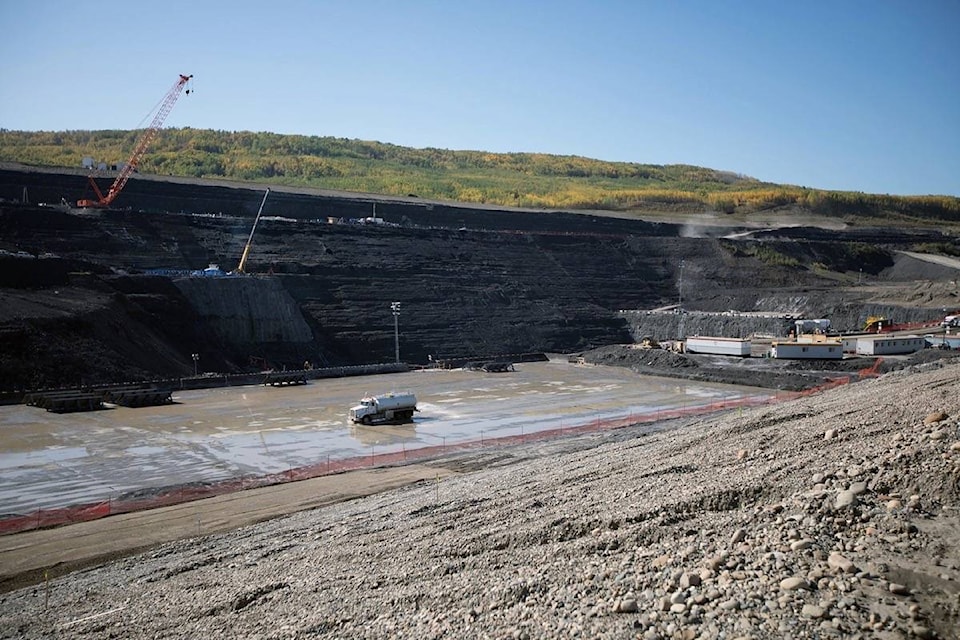It may seem far away to most readers, but the Site C dam decision facing the B.C. NDP government will affect you in more ways than just your electricity bill.
We’ve just had the latest round of overheated news coverage on the most expensive construction project ever undertaken in B.C., centred around the shocking revelation that the third dam on the Peace River is behind schedule and over budget. Of course those who were paying attention knew this weeks before, when B.C. Hydro CEO Chris O’Riley confirmed it in a letter to the B.C. Utilities Commission.

The cost estimate is approaching $10 billion, up from $8.3 billion when it began two years ago. And now with a one-year delay in diverting the river to perform the critical stage of construction, O’Riley says it can still be completed at the target year of 2024.
The commission’s review of the project was pushed through in a hurry at the direction of Premier John Horgan, who has committed to deciding whether to scrap the project or carry on with it by the end of 2017. This hasty report has resulted in a field day for the anti-dam industry that has sprung up around the project.
The short version of the commission’s report is that it would cost $10 billion to complete the most efficient hydro dam in North America, and $4 billion to stop it, wind up contracts that have been signed, and put the site back to the way it was.
The report discusses ways B.C. Hydro could provide additional power for a growing province without Site C. One way would be to use the smart grid that has been installed at great cost to implement “time-of-use” electricity pricing.
That means raising electricity rates at peak demand times, mainly early evenings, and lowering them at off-peak times. In political terms, Horgan would have to shut down the biggest construction project in the province, lay everyone off, and then tell people they should run their dishwashers and clothes dryers in the middle of the night.
Here’s a key quote from the review panel’s report:
“The panel believes increasingly viable alternative energy sources such as wind, geothermal and industrial curtailment could provide similar benefits to ratepayers as the Site C project with an equal or lower unit energy cost.”
Note the word “could.” Geothermal energy is Green Party leader Andrew Weaver’s favourite topic these days, but nobody really knows how much that would cost to develop and connect to the B.C. Hydro grid.
As for “industrial curtailment,” that means shutting down mills and mines. The Horgan hardhat tour would likely be put on hold for a while.
Site C fake news has become a bit of an industry on its own, from fantastic claims about how many people could be fed by the strips of land that would be flooded, to a “tension crack” reported by one of the failed political candidates in the region that turned out to be an access road.
The two Indigenous chiefs who have had their anti-Site C cases tossed out of court across the country held one more media event at the legislature earlier this month. Meanwhile other Indigenous communities with project jobs and better territorial claims to the dam site await their fate once the political circus folds its tent.
Weaver has allowed that he won’t defeat the B.C. NDP government if it proceeds with Site C. But he continues to insist that thousands of new electric cars can be recharged with wind and solar power.
Tom Fletcher is B.C. legislature reporter and columnist for Black Press. Email: tfletcher@blackpress.ca
@tomfletcherbc
tfletcher@blackpress.ca
Like us on Facebook and follow us on Twitter.
